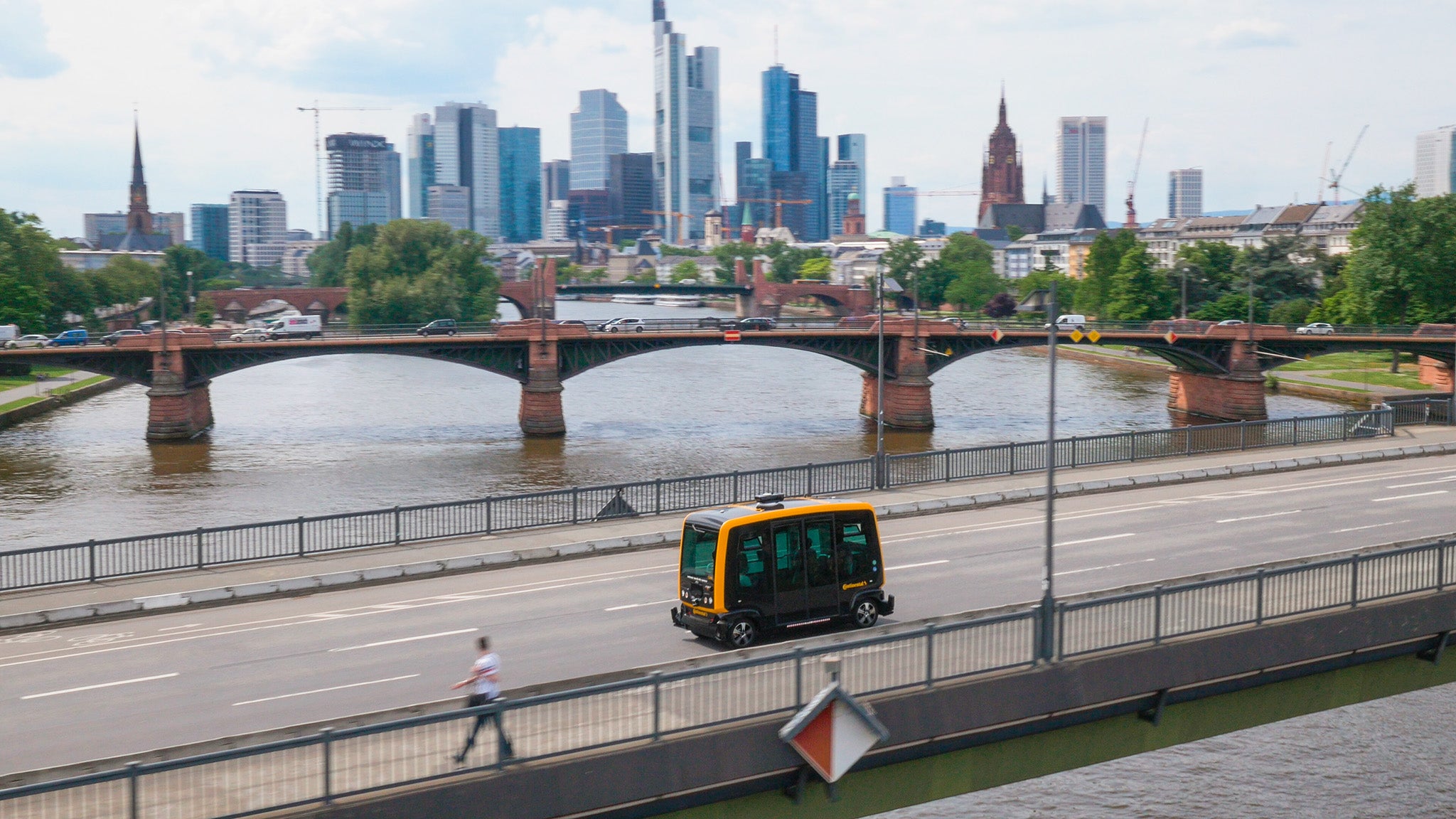
#Classic
Breakdown history
How tyre technology has reduced the risk of breakdowns

Breakdowns have been a frustrating but inevitable part of driving since cars first took to the road. A century ago, tyre trouble was a common issue that drivers often had to fix themselves. But as technology has improved, tyres have become more robust, making driving safer and more enjoyable. In the near future, innovation could improve things further, potentially even preventing issues before they happen.
Fixing a flat tyre in the past
It doesn’t matter where, when or how – a breakdown is never good news. Today, though, a recovery service or garage is rarely too far away to help. But this hasn’t always been the case. In the early days of motoring, drivers often had to rely on their own mechanical skills to get back on the road. If that didn’t work, they could flag down another motorist or, if they were lucky, get help from a local garage. With no tow trucks, recovery could literally be reliant on horsepower.
Punctures were one of the most common forms of breakdown. Road surfaces were often bad and tyres nowhere near as robust as they are now. The ability to fix a flat was almost a prerequisite for early 20th century drivers. And it needn’t take much: a hole less than 5mm in diameter could easily lead to a rapid loss of tyre pressure.
 “Enemies of the pneumatic tyre” in the early 20th century.
“Enemies of the pneumatic tyre” in the early 20th century.
Reducing the need to fix flats
For more than a century, We have dedicated ourselves to making driving safer, easier and more enjoyable. After all, we’re not just a tyre manufacturer – we’re a mobility service provider. During motoring’s early decades, we provided our customers with valuable puncture repair materials and instruction guides on how best to maintain their tyres.
Our factories and workshops would also repair drivers’ tyres whenever they suffered a breakdown. Our goal was to make motoring as accessible as possible. Over the years, we’ve developed numerous innovative solutions to minimise punctures. In 1928, for example, we released rubber inserts to protect against damage caused by nails. Three years later, we unveiled a self-vulcanising rubber plate for motorbike tyres.

In the 1980s, our new tyre system represented a truly revolutionary step. For the first time, the tyre no longer rested on the rim’s outer surfaces but gripped it from the outside. This opened up a range of advantages, including improved ride quality and better handling in wet weather. Perhaps most importantly, though, it meant the car could be driven even with a flat tyre.
Unfortunately, production remained limited at the time due to the high costs. But the groundbreaking creation was a major boost to our image and served as a valuable foundation for further innovation in the 21st century.
 Old Continental ad promoting a tyre repairer
Old Continental ad promoting a tyre repairer
A puncture shouldn't prevent progress
The idea we developed in the 1980s can now be found in our self-supporting runflat tyres today. And 80 really is the magic number here: a reinforced sidewall enables drivers to travel 50 miles (80 kilometres) at up to 50 miles (80 km/h) with a puncture. What’s more, because there’s no need to carry a spare, it frees up 80 litres of trunk space. Not using runflat tyres? No problem. ContiSeal™ is a sticky, viscous sealant layer that instantly seals 80% of punctures. The technology keeps air trapped inside and the tyre inflated, with no impact on the handling of the car under normal circumstances.
Preventative maintenance technology is proving increasingly valuable in mitigating vehicle problems before they become serious – and tyres are no exception. Approximately 40% of sudden wheel breakdowns are due to underinflated tyres. Our Tyre Pressure Monitoring System (TPMS) alerts drivers as soon as pressure drops so they can top it up as soon as possible and continue driving safely.
Smart tyres for safer, more enjoyable journeys
The next generation of tyre sensors will do much more than monitor pressure. We are currently working on systems that will also register abnormal temperatures, detect changes in tread depth and even repair themselves as you drive.
Continental C.A.R.E. stands for Connected, Autonomous, Reliable and Electrified. Sensors wirelessly communicate vital information on each tyre to the car’s main operating system and its driver. Integrated centrifugal pumps automatically add air if required, optimising the pressure for each driving situation and delivering vital top-ups if air is lost.
Ultimately, increasingly intelligent tyre sensors bring a range of benefits, including reduced repair and maintenance costs, maximum fuel efficiency and a safer, more comfortable ride. They might not make breakdowns a thing of the past just yet, but it’s a vital step in the right direction.


